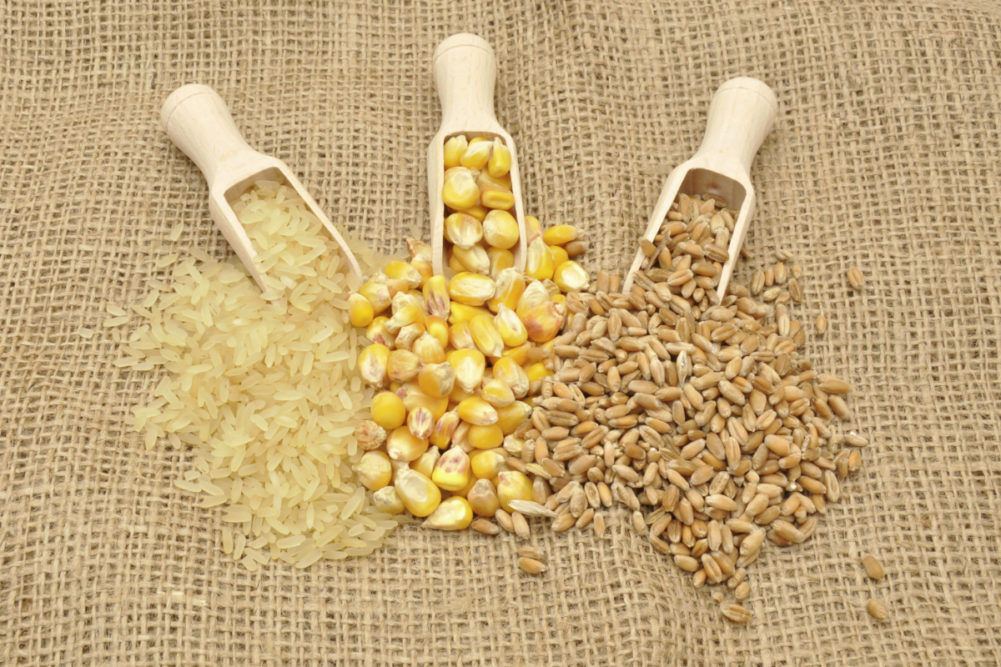NEW ORLEANS, LOUISIANA, US — Global grain production is expected to reach a record 2.307 billion tonnes in 2023-24, mostly due to a solid rebound in corn output, the International Grains Council (IGC) said at its 59th council session convened in New Orleans, Louisiana, US, on Jan. 24.
The meeting was chaired by Anita Katial, USDA’s Agricultural Counselor for the United Kingdom and Republic of Ireland, US Embassy London.
Grain production will increase 2% year-over-year, the IGC said, as will consumption at 2.314 billion tonnes.
Global inventories may contract 1% to 590 million tonnes for a seventh consecutive drawdown. World trade is expected to drop 3% to 415 million tonnes, with smaller wheat, corn and barley shipments.
After the prior year’s solid expansion, world trade was predicted to retreat by 2% year-over-year to 168 million tonnes, as China and Argentina likely will buy less, with Brazilian exports also forecast to decline.
Amid lower prices and less-than-ideal sowing weather in some countries, the IGC noted that global wheat harvested area was predicted to drop by 1% in 2024-25. While rapeseed/canola plantings were likely to contract, they would remain well above average.
Tied to prospects for a rebound in Argentina, global soybean production in 2023-24 was seen at a record of 392 million tonnes, a 6% year-over-year gain. Also linked to gains in Argentina, consumption was pegged at a peak, while aggregate inventories were set to climb for a second successive year, including accumulation in key exporters.
After the prior year’s solid expansion, world trade was predicted to retreat by 2% year-over-year to 168 million tonnes, as China and Argentina likely will buy less, with Brazilian exports also forecast to decline.
Global rice output is predicted to decline 1% year-over-year to 511 million tonnes with reduced yield potential in Asia outweighing gains elsewhere.
Softening in demand was anticipated, while stocks were set to tighten, including in key exporters. Trade was projected to contract by 2% in 2024, mostly on weaker buying interest from Asian importers, including Indonesia. India was seen as the world’s biggest exporter despite another sizeable fall in shipments.
Prior to the council session, the IGC Grains Forum 2024 focused on the biofuels market outlook and grains market development. The IGC secretariat delivered outlooks for world ethanol and biodiesel sectors, highlighting scenarios for production and trade, together with associated implications for grains, oilseeds and key raw materials markets. An overview of work undertaken by the IGC on modeling ethanol and biodiesel also was provided.
The secretariat also told members about the IGC’s work on expanding coverage and monitoring of real-time shipping data for wheat, corn, barley, soybeans and rice. The additional layer of information would provide members with specialist data to assess logistics and infrastructure challenges.
The IGC agreed to consider Senegal’s application to join the Grains Trade Convention. Members also were informed of the latest partnership agreement with the Korea Rural Economic Institute (KREI) to exchange information on rice market developments.
On Jan. 23, delegates visited the Port of New Orleans, organized by the North American Export Grains Association (NAEGA). The visit underscored the importance of these facilities in moving agricultural commodities to global markets.






